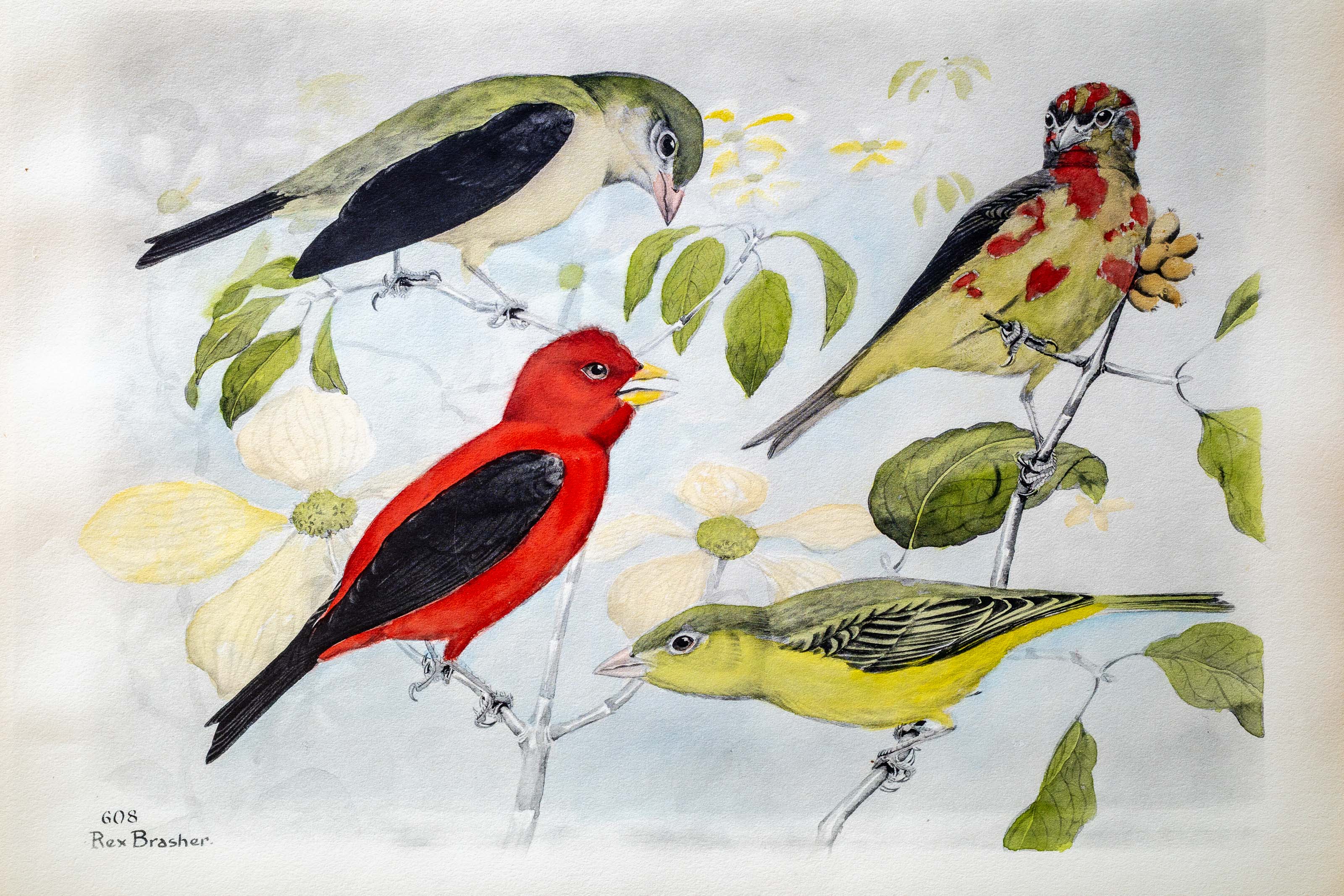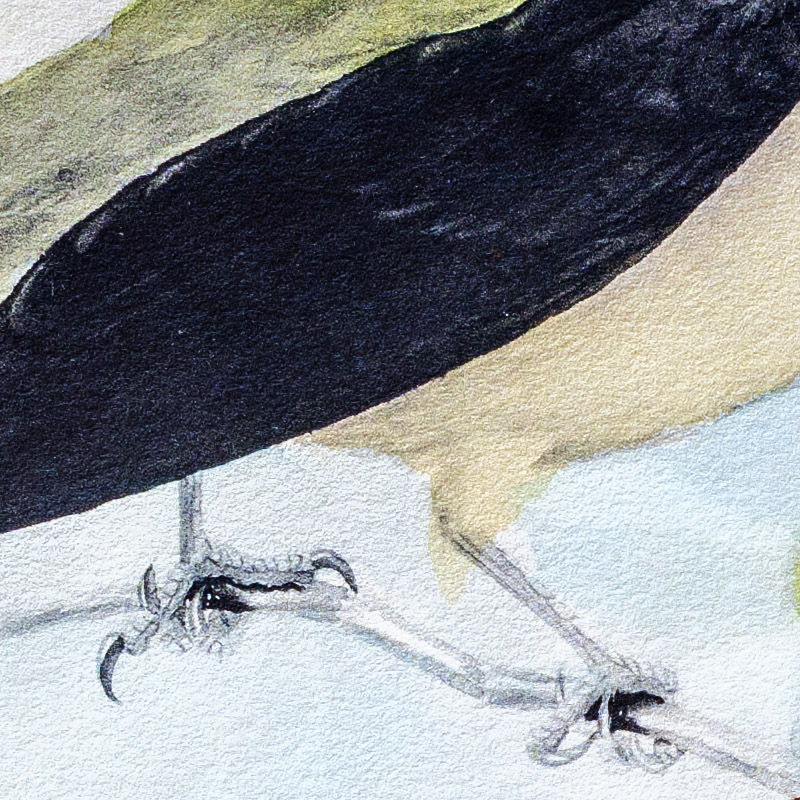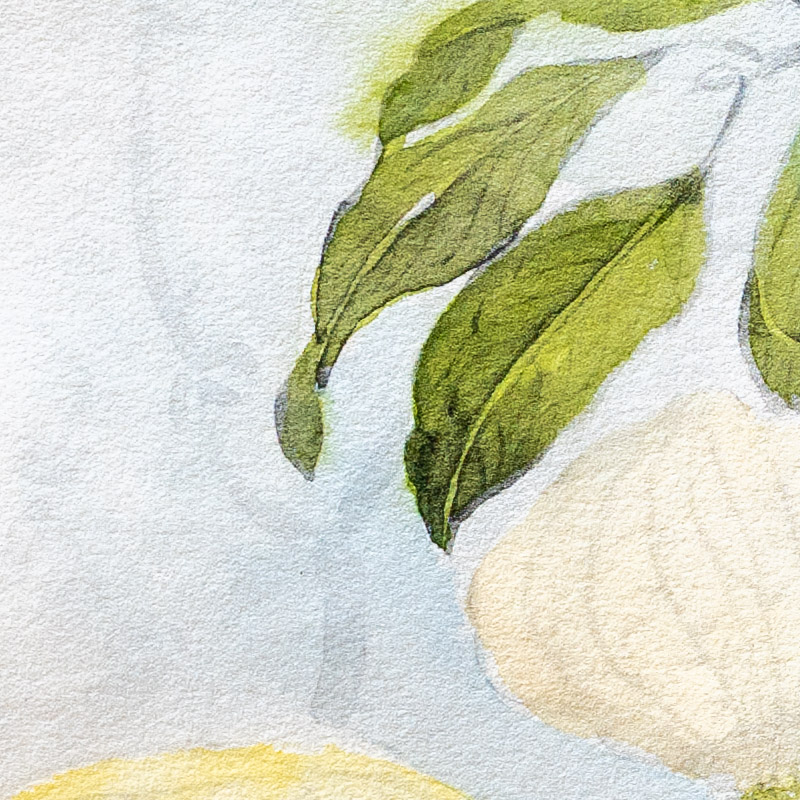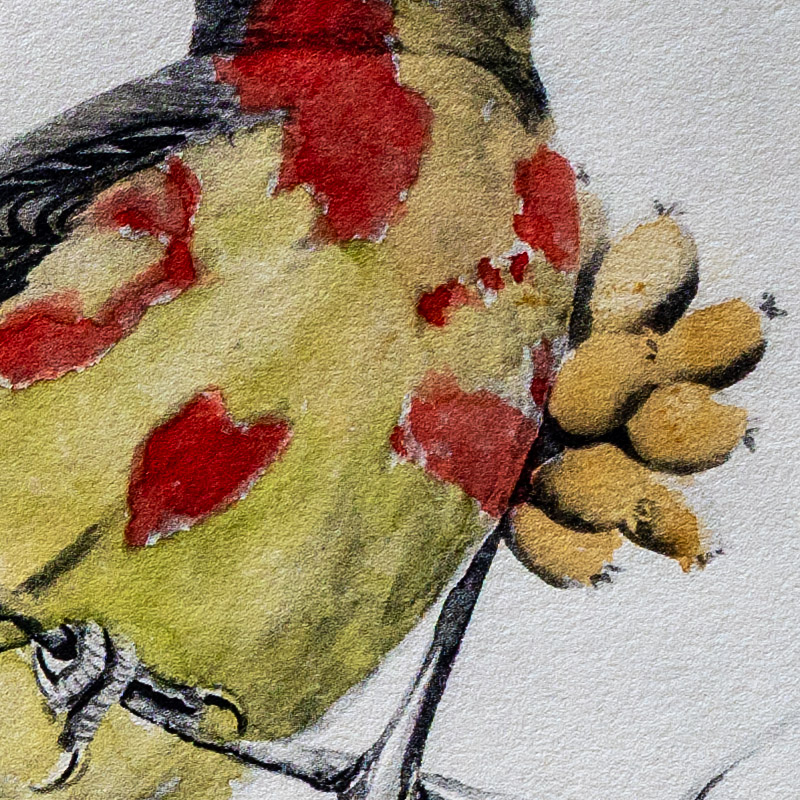






Unknown
1930
10
608
A team of dedicated board members, volunteers, and student interns has published every page in Volume 9. This volume includes 360 images of paintings and lyrical descriptions of birds, now available online for everyone to enjoy anywhere in the world. This is a monumental task. Each volume requires approximately 400 hours to photograph, edit, transcribe, catalog, and publish online. We need your support to complete this work.
If you're tech-savvy, have a good eye, are meticulous with details, and love structured data, please consider volunteering by emailing us at hello@rexbrasher.org.
We encourage all bird lovers and supporters to consider a monetary donation to support our mission to make Rex's work available for everyone. You can provide a one-time or recurring donation online.
At the foot of Buffalo Mountain I found some chestnut ties which lumbermen had overlooked. Splitting and cutting into four-foot lengths was an easy task so I left them to top out the ranked wood. It was early May before I started on them — one of those clear cool dawns which obliterates all but beauty. I heard the emphatic chip-bang before the author became visible among the opening red oak leaves. The bird was still under the quieting influences of the cool morning. A good chance to loaf — ax relieved from duty, pipe put into action.
As the sun strengthened the call of breakfast aroused the bird and he commenced looking over nearby leaves and branches with an intense scrutiny which allowed no worm, caterpillar or bug to escape. The entire tree, a small oak about twenty-five feet high, was gone over so thoroly that I think not a single insect escaped. The search was frequently interrupted by Flycatcher sallies into the air which seldom missed the target altho some of these sorties brot the hunter in zigzag curves to the ground were the victim was beaten and devoured piecemeal.
Song followed hunger satisfaction and for more than a quarter of an hour we both enjoyed ourselves — he with Music, I with Lady Nicotine. Then he disappeared into the woods — perhaps he heard another Lady calling (his ears were sharper than mine).
NEST: a carelessly-built platform of twigs and bark strips, so open that eggs often can be seen from beneath; placed on horizontal limbs well up in retired woodlands.
EGGS: 3 to 4; greenish-blue, specked and blotched with chestnut.
Eastern North America from southern British provinces, southward. Casual as far west as eastern Colorado and Wyoming.
A tree usually 60 feet, rarely 100 feet, high; distributed from British Columbia southward to the coast ranges of California.